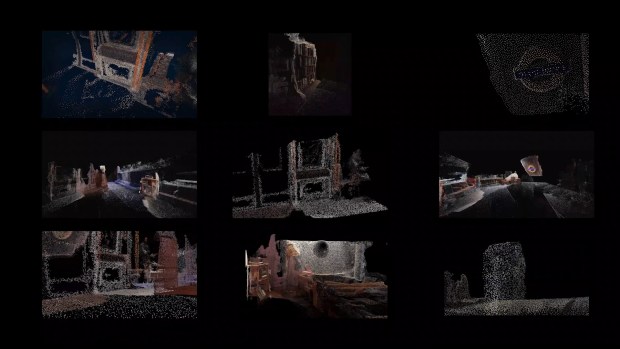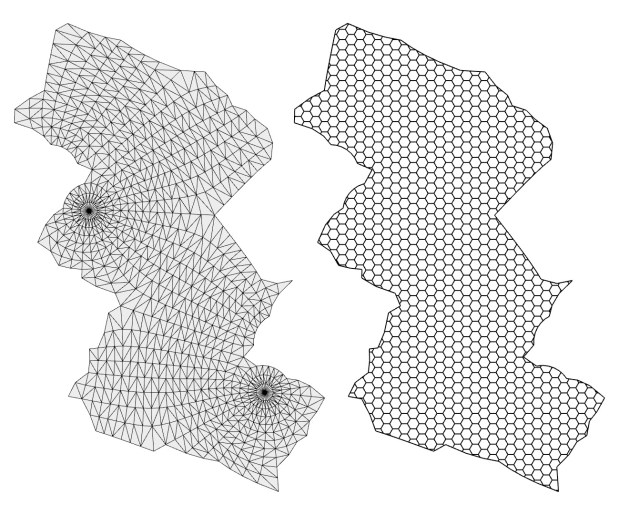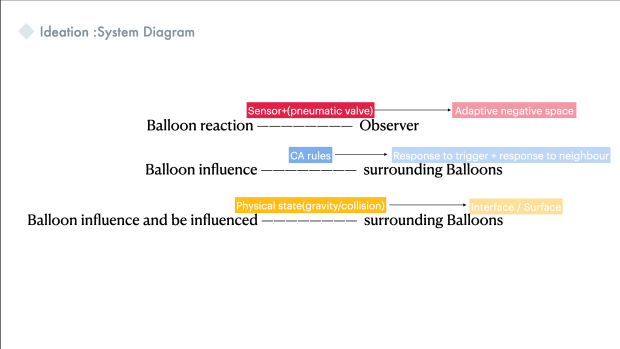
As part of the design process, I was supposed to create a free-form surface for my hive so I can tesselate it and create my pedals on it. I started generating set of spheres by changing the height and the scale of them by random numbers as you can see below. In this script, when a new random number generates, it changes mentioned factors and produces a new geometry. At the end, we can bake this geometry into rhino viewport and have a set of generations:

Results were so simple and I thought we need more complex geometries. As part of the Web-GL class in semester one, we were introduced to 2D and 3D noises and created lots of shapes with them. So started working on 2D noise in grasshopper (4D noise add-on) and created a simple vector field by adding noise to it:

And then created the 4D noise and added it to the sphere. By adding colour to it, We are able to see what part of the surface is convex (Positive) or concave (Negative) so we can remap them if we need in order to prevent petal deformation later in planarization part.

And then started baking them in the Rh viewport so later we can choose which one is appropriate for our final hive:

And even more variations for better understanding of 4D noise behaviour:

One point is that each sequence saves its data with it (e.g. random numbers) so later if we decide to do reverse engineering and recreate the surface, we will not have any problem.
Now it is the time to tesselate couple of surfaces to see what method of planarization which we discussed in the last blog post is appropriate.





